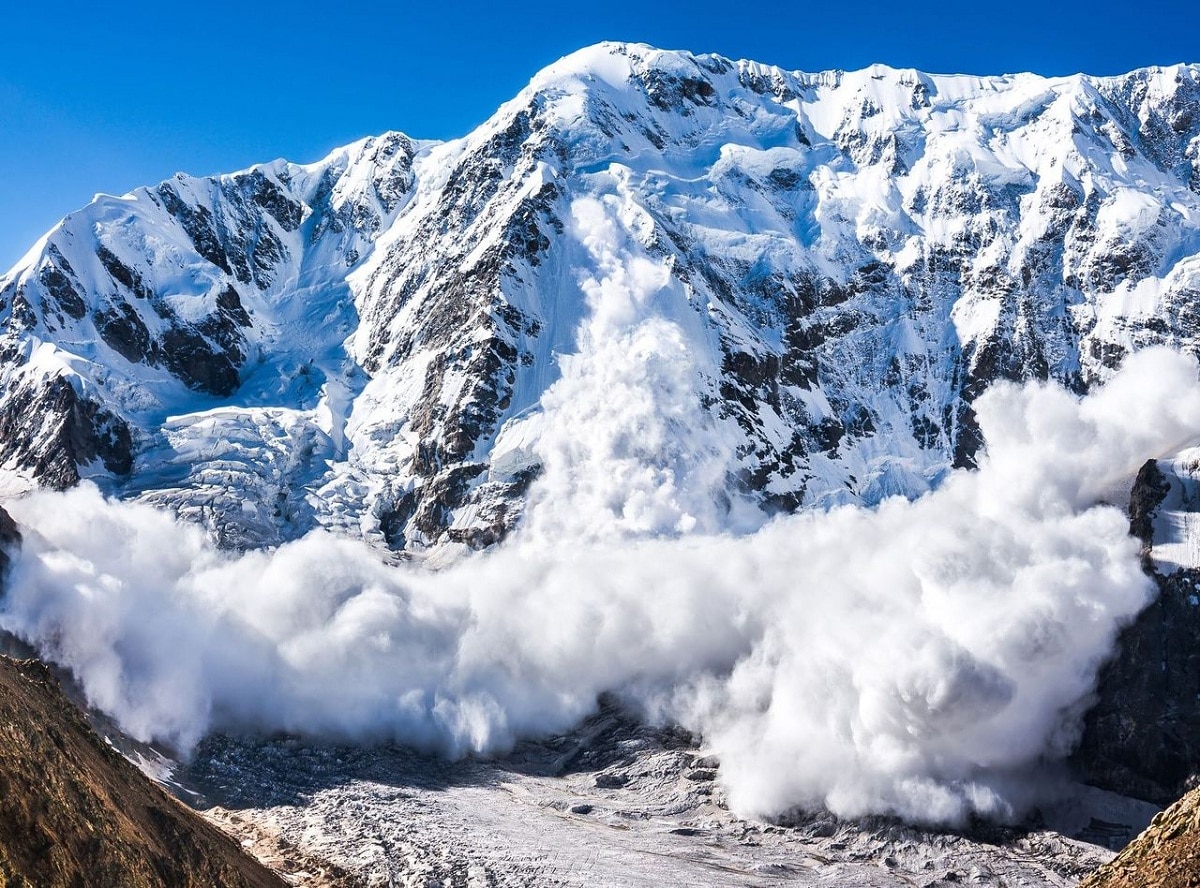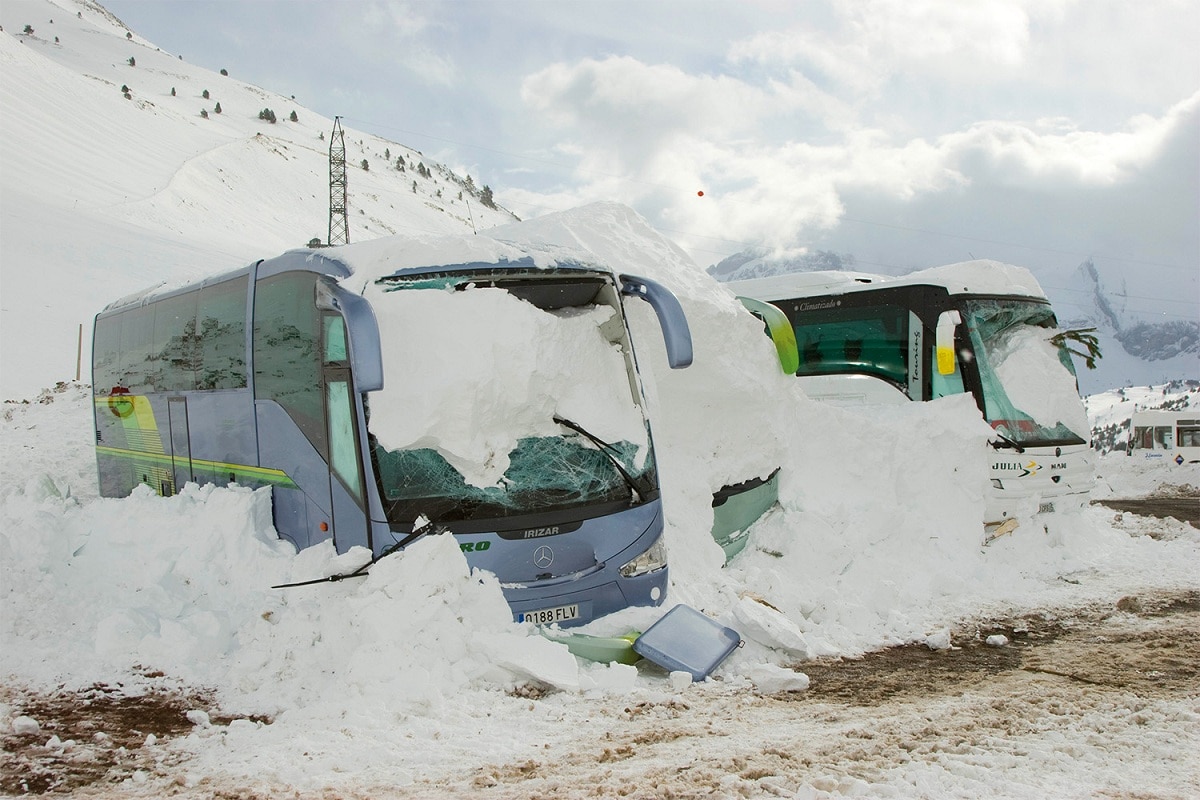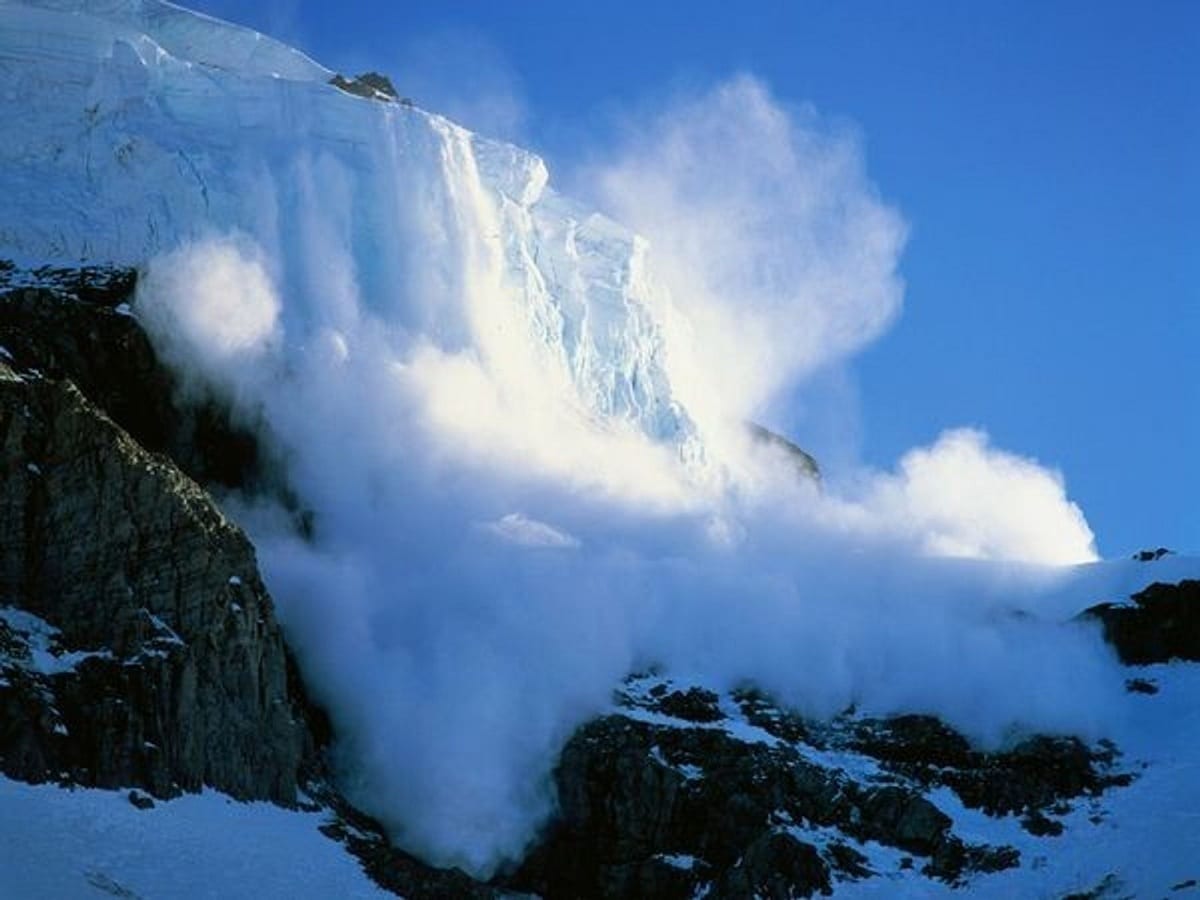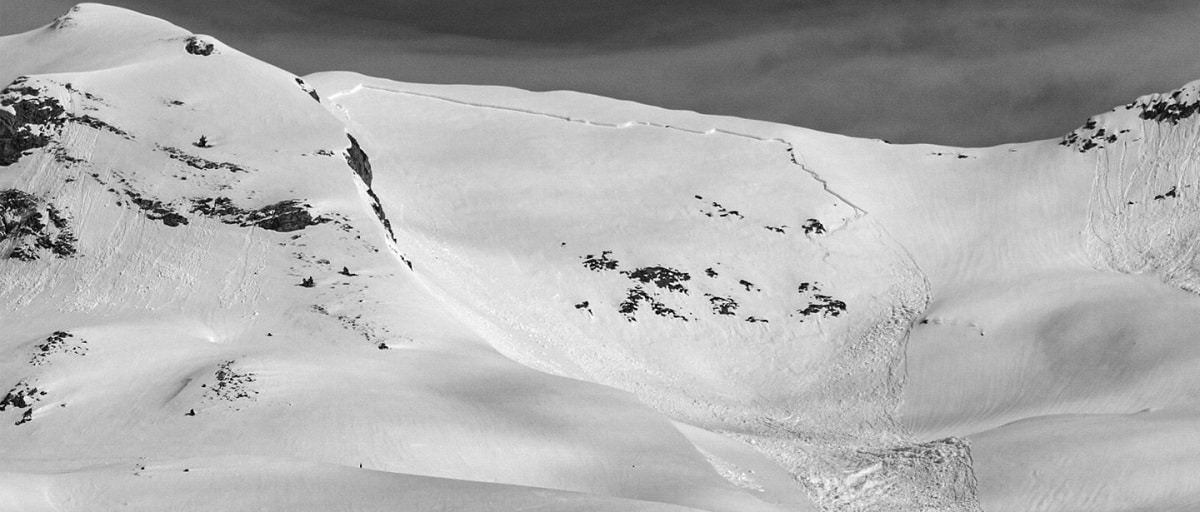
Surely you've ever heard of a Snow avalanche. It is a violent snowfall that occurs suddenly. It can incorporate both substrates and materials as part of the firm ground and vegetation. Many people do not know well what to deal with a snow avalanche or how it originates.
For this reason, we are going to dedicate this article to tell you everything you need to know about the characteristics, origin and action in the face of an avalanche of snow.
Key features

It is a large block of snow, which eventually collapses into the mountains due to accumulation of snow. It is the slope and the snow that together cause the precipitation of the snow's own weight. Let's not forget that gravity is always doing its thing and dragging all the snow to its lowest height.
The main characteristics of avalanches are rapid flow and speed of movement. Be it avalanches of rocks, mud, ice and snow, etc. When we refer to a rock avalanche, it is a group of rocks on a slope that, due to physical or chemical weathering, eventually breaks and settles due to gravity.
For many people, this is one of the most impressive natural events, but it is also very dangerous. Many skiers can move downhill with great speed and dexterity. However, the avalanche falls much faster.
If the mass of snow is unstable and forms on a slope, its speed will increase as the altitude decreases as it descends. The noise it generates is enormous and resonates in other mountains. When it finally settles to the bottom of the decreasing slope, it produces a large amount of ice particle clouds due to the impact. These ice particles eventually disperse into the air and melt.
Snow avalanche classification

Avalanches occur when different layers of snow are uneven, making it easier for one layer to move or slide over another. In general, they always occur due to certain triggers, among which we can highlight: the terrain, wind, rain, temperature changes, snow conditions, the shape and roughness of the terrain, the existing vegetation and the own humans.
Similarly, the severity of the incident is closely related to the slope, the separation surface, and the rate of descent of the slope. Regarding their classification, they are generally divided into 3 types.
- Recent snow avalanche: are those that occur after episodes of fairly intense and persistent snowfall. They tend to accumulate quite a few centimeters of new snow and it causes that the particles of the snow crystals have not had enough time to be able to coalesce in a forceful way and plague. Therefore, they begin to precipitate since the snow cover is quite unstable.
- Plate avalanche- Occurs due to the sliding of a relatively compact and dense layer. This sliding takes place on another much older layer of snow that acts as if it were a ramp since it does not have cohesion between both faces. It usually occurs due to overloads and especially on slopes ranging from 25-45 degrees.
- Meltdown Avalanche: it is the most typical that occurs annually. They are more typical of spring and it is the displacement of the wet snow mass that does not have any cohesion. They can be from small localized flows of little importance to large avalanches. They are produced due to the rise in temperatures progressively during the spring and when it exceeds 0 degrees the first layer begins to melt. Yesterday to melt causes the flooding of the lower layers and begins to increase the instability of the terrain. Therefore, they end up shedding at minimal overload. If the melt water reaches the lower layers, it can produce a slippery film that causes a bottom avalanche. This bottom avalanche is nothing more than the entire blanket of snow sliding down.
Formation of a snow avalanche

The weight of an avalanche is approximately one million tons. Imagine that you are calmly skiing, enjoying the beauty and high speed descent of adrenaline, and you find yourself being chased by a million tons of snow. The result is terrible. Most of the skiers affected by the avalanche were buried in it.
In addition, you will not only end up dying because you are buried, but you must also bear in mind that millions of tons are frozen and you suffer from hypothermia. But what causes the avalanche? For such a serious incident to exist, a lot of snow is needed. Snow on the slopes is the perfect trigger for landslides.
They usually form on slopes with steep angles between 25 and 60 degrees. In this case, when snow is stored, it can be deposited by gravity. But the formation of an avalanche requires another factor, that is, that there has been a blizzard that can store about 30 cm of snow in the upper layer in a short time. Snow should be stored for at least 24 hours to allow it to settle with the increased weight through compaction.
The bond between the snow layers must be weak for them to become unstable. Normally, when the snow is heavily populated, there is a layer that is more unstable. The sudden change of climate in the area is the trigger for the avalanche. It could also be a downed tree, a small earthquake, or excessive noise, such as a market or speakers.
What to do
Let's see some of the rules to learn how to deal with a snow avalanche:
- When the masses begin to loosen, it is advisable to remove the ski poles as they can cause considerable damage.
- You have to try to get out of the avalanche path laterally
- If you have fallen and been dragged, try to stay on the surface at all costs moving your arms just like you were swimming.
- When the avalanche slows down, you have to cover your mouth and nose with your hands to form a hole that allows you to breathe.
I hope that with this information you can learn more about the snow avalanche and its characteristics.